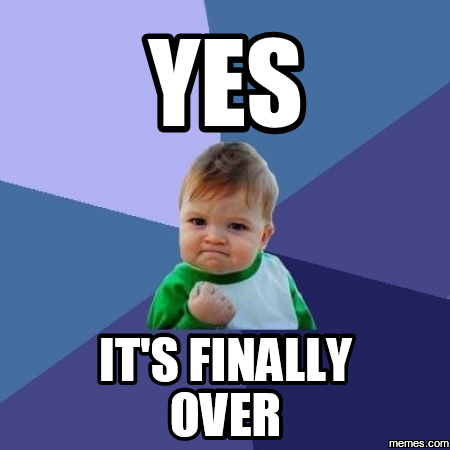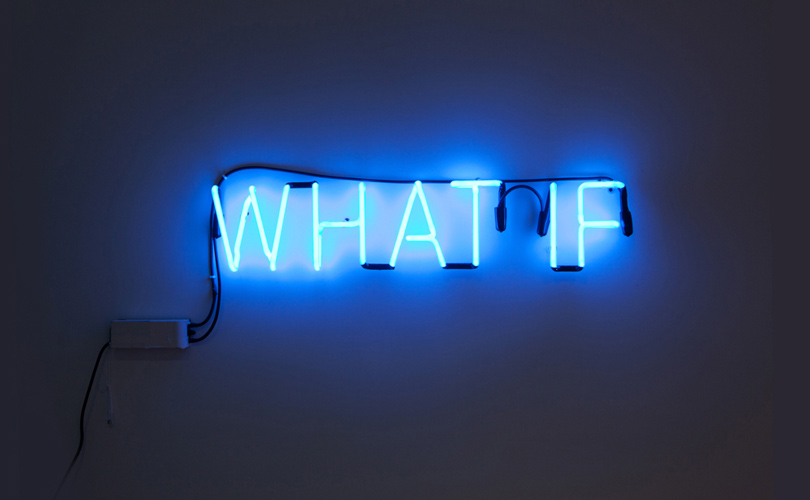
(1) Positive Statement
What are you most proud of in your block presentation and/or your senior project? Why?
- Out of everything I did, I'm most proud of my hook video. It was a small project that Isaiah Maylad and I put together but it was able to do it's job within my presentation and it did its job effectively.
(2) Questions to Consider
a. What assessment would you give yourself on your block presentation? Use the component contract to defend that assessment.
AE P AP CR NC
- P: I would give myself a P because I did have a fairly decent presentation. I hit everything I needed to touch on and I met the required time. A P sounds fair to me.
b. What assessment would you give yourself on your overall senior project? Use the component contract to defend that assessment.
AE P AP CR NC
- AE-P+: The reason why I feel I deserve an AE/P+ is because of the fact that I did all of my research checks on time and I did go above and beyond with my independent component projects which took countless hours to complete.
- What definitely worked for me was the opportunity to branch out into the dance industry. It was all because of senior project that I was able to go out and experience things that I've never done before and I was also able to meet new choreographers and dancers that are people that I can now call as friends.
(4) (What didn't work) If you had a time machine, what would you have done differently to improve your senior project?
- If I could go back and change anything about my senior project, it would be the amount of time that I spent on my IC #1. Although the final product was even more amazing than I expected it to come out, I still feel like if we spent a little bit more time on it, cleaning up some things, then we would've been able to actually go viral.
How has the senior project been helpful to you in your future endeavors? Be specific and use examples.
- Due to senior project I was able to meet connections in the dance industry and my name is now fairly known in the community. My choreography abilities have also greatly improved and the likely that I will be able to even teach my own dance slot in the future is more likely.











